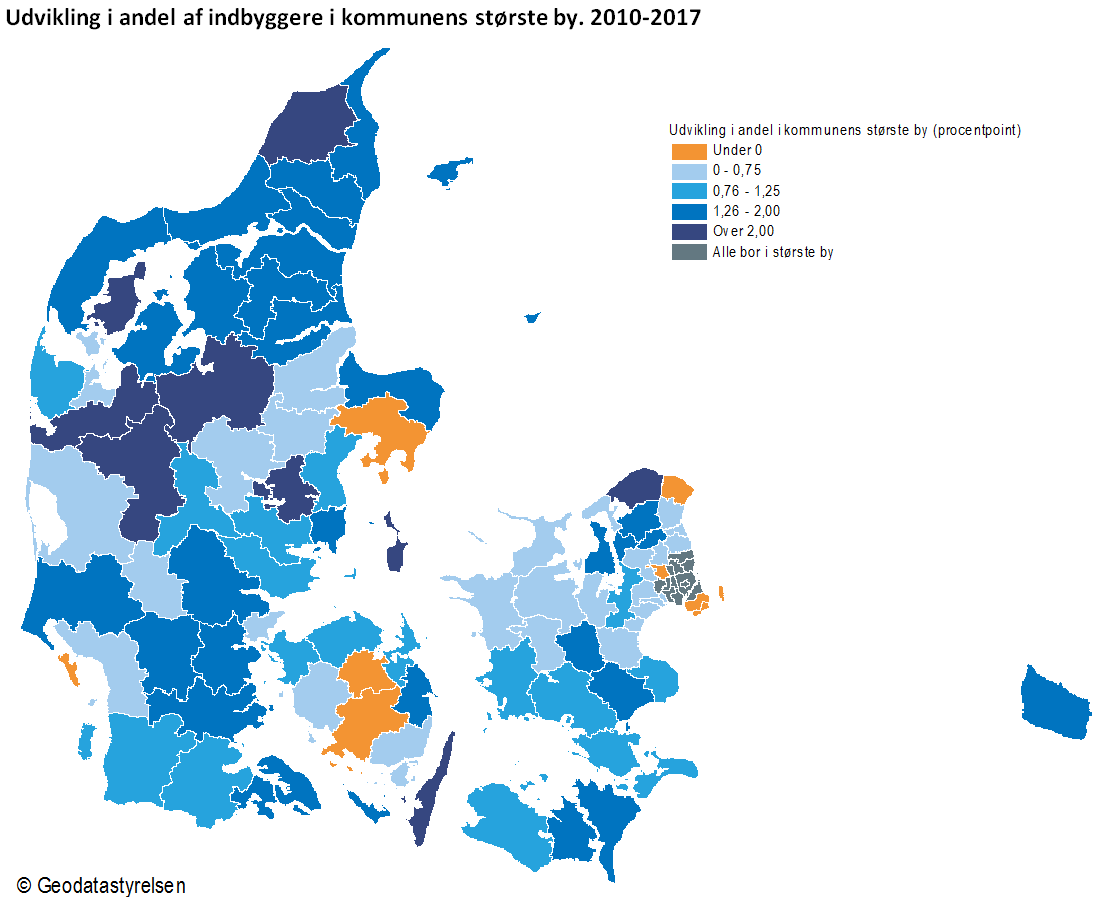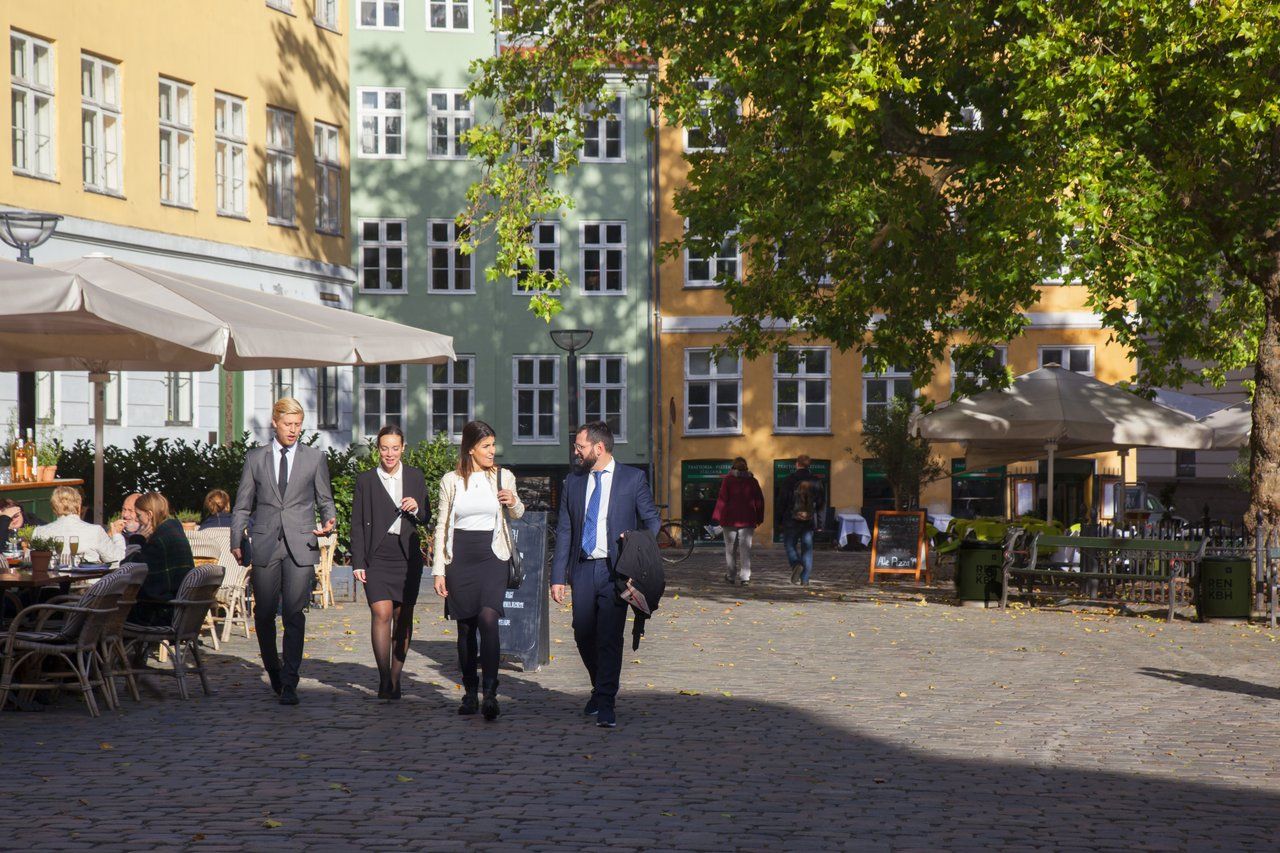Since 2010, the vast majority of the biggest towns in Denmark’s 98 municipalities enjoyed an increase in population, according to new figures from the national statistics keeper Danmarks Statistik.
The statistics showed that between 1 January 2010 and 1 January 2017, the biggest towns in 79 of Denmark’s municipalities all increased in population, while the population remained unchanged in 11 towns.
READ MORE: Copenhagen sees first negative population influx in over a decade
Eight in decline
The population increased the most in the biggest towns in Skanderborg Municipality (6.2 percent), followed by Viborg (3.6), Morsø (2.2), Hjørring (2.2) and Langeland (2.1).
The eight municipalities that saw population declines in their biggest towns were Odense, Syddjurs, Helsingør, Fanø, Faaborg-Midtfyn, Dragør, Tårnby and Ballerup















